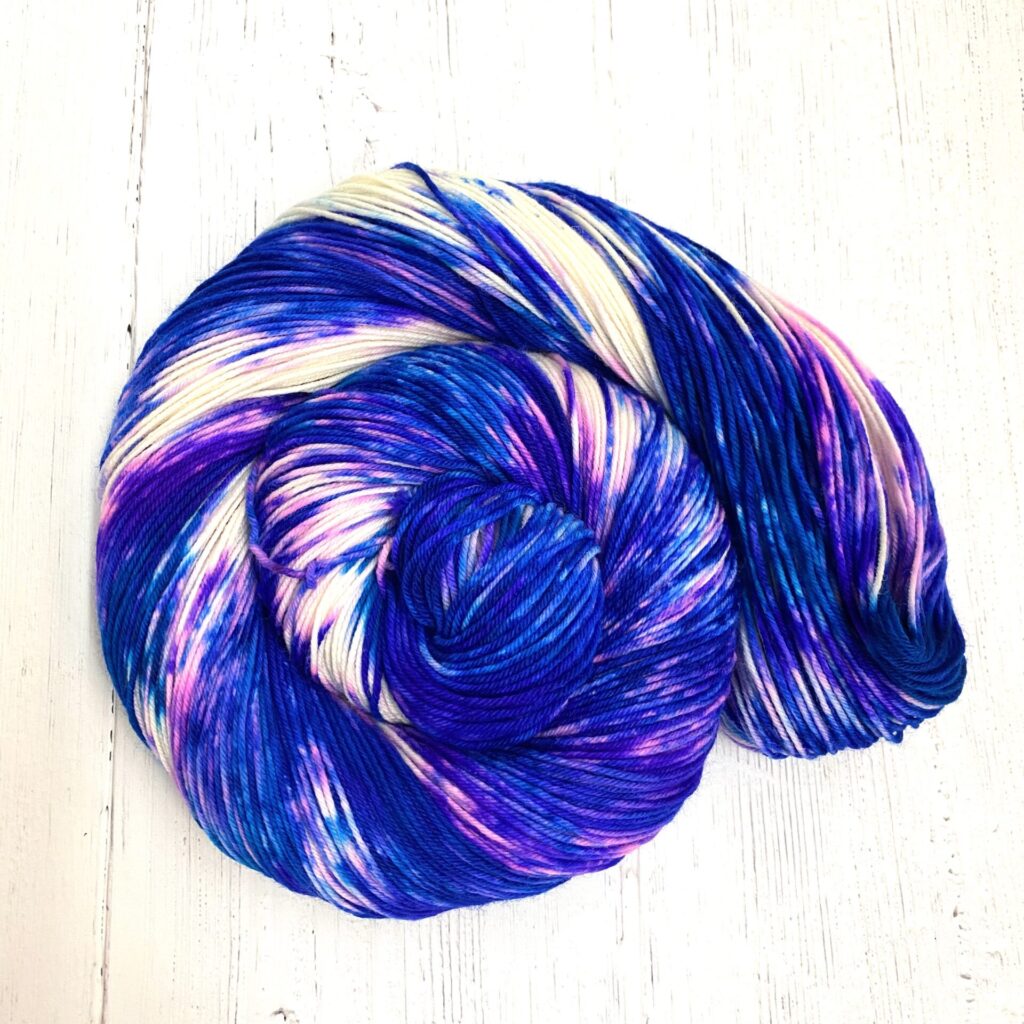2020 has been… something else. There have been so many challenges this year, and at times, it has felt hopeless. Capping off this difficult year, election season here in the US has been very intense.
BUT we are choosing hope. We are Finding Hope (which is, coincidentally, our colorway name this month). Because, even though this year has been TOUGH and ROUGH, there has been a lot to inspire us too. And for our final HerStory of 2020, we are using the hope we’ve gotten from the 2020 US elections to fuel our hope for the new year. So, we are sharing a snippet about some of the inspiring women who have busted out glass ceilings and forged new paths this year. These women are all firsts, but they are definitely not lasts.

Kamala Harris, the first female Vice President. The first Black Vice President. The first South Asian Vice President. AND the first female, Black, Indian Vice President.
Cori Bush, first Black woman to represent Missouri in Congress.
Sarah McBride, the first openly trans state senator in U.S. history after winning her election in Delaware.
Marilyn Strickland, the first Korean American woman ever elected to Congress, and the first Black person to represent Washington State at the federal level.
Ana Irma Rivera Lassén, the first Black, openly lesbian woman to become an elected lawmaker in Puerto Rico.
Deb Haaland, Teresa Leger Fernandez, & Yvette Herrell, whose elections made New Mexico the first state in U.S. history to elect only women of color as members of Congress.
Stephanie Byers, the first openly trans person of color ever elected to a state legislature in the U.S. AND the first openly trans person elected to the Kansas state legislature.
Jenifer Rajkumar & Zohran Mamdani, the first two South Asians voted in to the lower house of the New York state legislature.
Taylor Small, the first openly trans person elected to the Vermont state legislature.
Michele Rayner, the first Black, openly LGBTQ woman elected to the Florida state legislature District 70.
Thanks for joining us as we spent this year celebrating women who were first. Please take some time to learn more about these absolute legends. We hope the whole year, and especially these women we’re showcasing today, have you Finding Hope.







